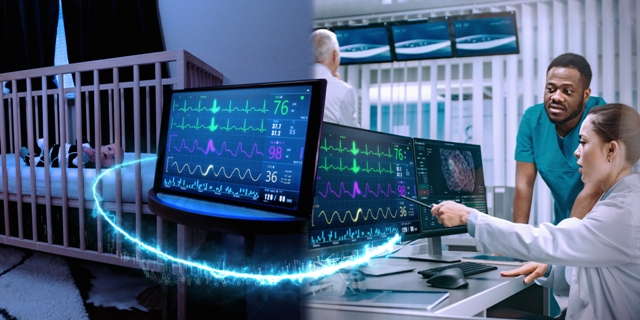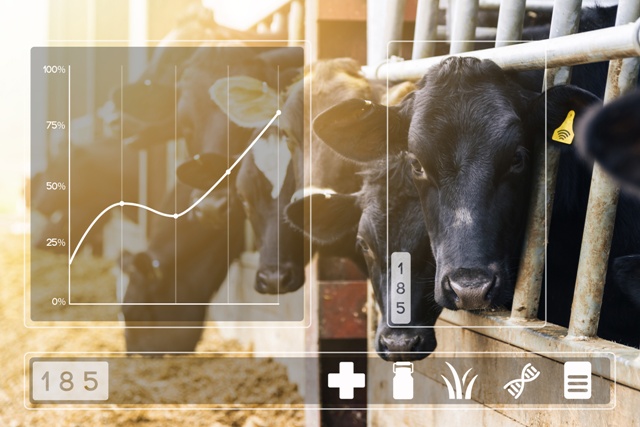By Ahmad Bahai, TI
Imagine the possibilities: A newborn with a heart condition is able to go home with her family rather than remain in the hospital because the doctor can check her vital signs in real time over a wireless network. Or a farmer uses augmented reality to remotely monitor his livestock or inspect the condition of his fields.
Sending and receiving enormous amounts of data wired or wirelessly has a significant impact on our lives every day and fuels the economy in a highly connected world. And technology is crucial for unleashing these opportunities.
Data has become a universal need
Much like the 20th century was the era of oil and commodities, the 21st century is the era of big data. In a world of billions of connected people and tens of billions of connected machines, the flow of data is growing exponentially. And there’s no end in sight.
From virtual health and smart agriculture to smart cities and intelligent factories, billions of new electronic devices will connect and become sources and consumers of massive amounts of data. Terabytes of data generated by sensors in factories are analyzed every day to improve the efficiency of production lines. Data collected by semiautonomous vehicles today will enable more autonomy in the future. Automated buildings will help us increase productivity and make our lives greener.
The communications and data-processing infrastructure will make data useful, actionable and valuable to leaders in these markets and billions of other people who are traveling down the information superhighway.
In the not-so-distant future, if you don’t have access to data you will be as limited as if you didn’t have access to electricity.
Data is represented by bits and symbols. And just as each musician in a symphony must play in tune and in sync with the other players – all directed by a conductor – a stable clock and timing reference is critical to synchronize the generation and transportation of bits and symbols.
As high-speed data travels on a cable across town or under the ocean, from one rack to another in a data center, over the ether in wireless systems, or just across a high-speed circuit board, it needs to be synchronized or reconstructed using a very clean timing reference. If the edges of the clock signals aren’t precise, the analog signal may be sampled at the wrong moment. Or if the frequency of an RF receiver is not stable, the received signal may not get demodulated properly.
New technology puts time on your side
For generations, a quartz crystal resonator has been used as a reference for time and frequency in electronic systems. However, that approach can be costly, time-consuming and complicated to develop. It also can be susceptible to environmental stress.
Our disruptive new TI bulk acoustic wave (BAW) technology will provide a much cleaner clock reference for wired and wireless systems. Operating at orders of magnitude higher frequency than quartz crystals, the TI BAW resonator generates a stable electrical signal through the piezoelectric effect. The periodic signal at very high frequency provides the timing reference.
Our TI BAW-based technology enhances the performance and ease of use of wireless solutions supporting standards such as Zigbee®, Bluetooth® low energy and Wi-Fi® and paves the way for the next generation of ubiquitous connectivity.








